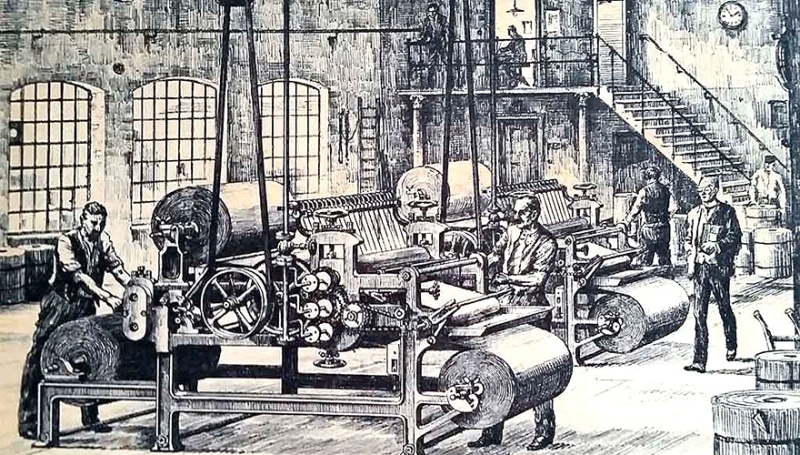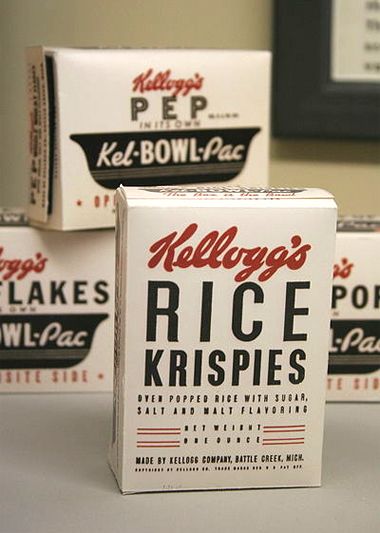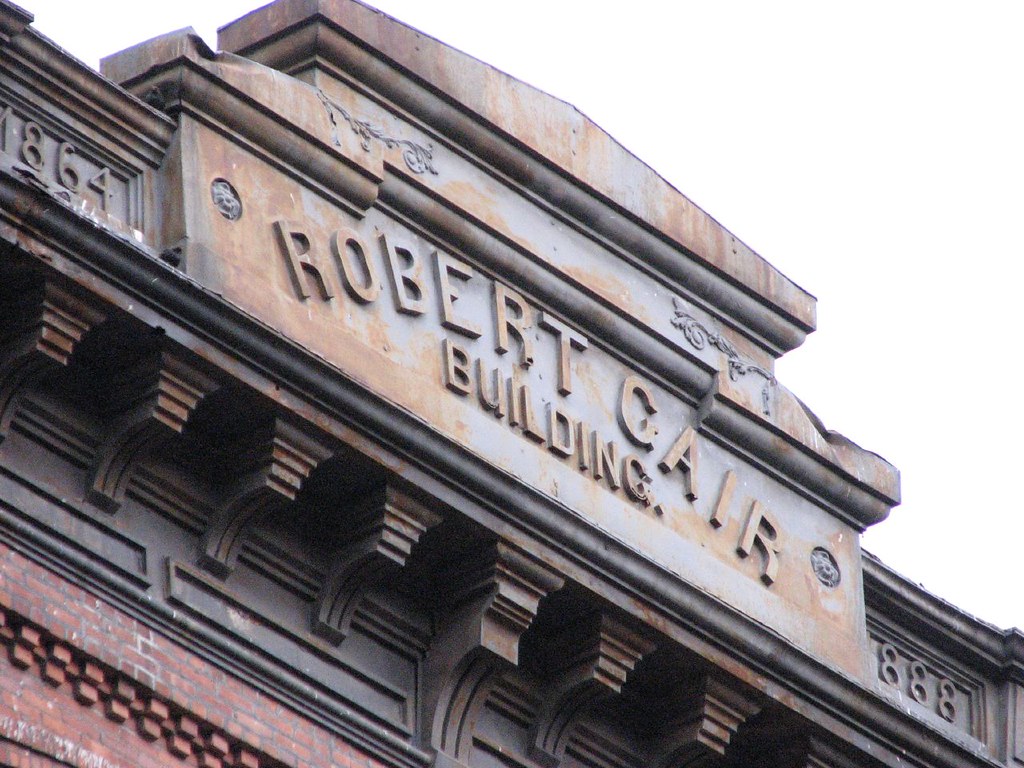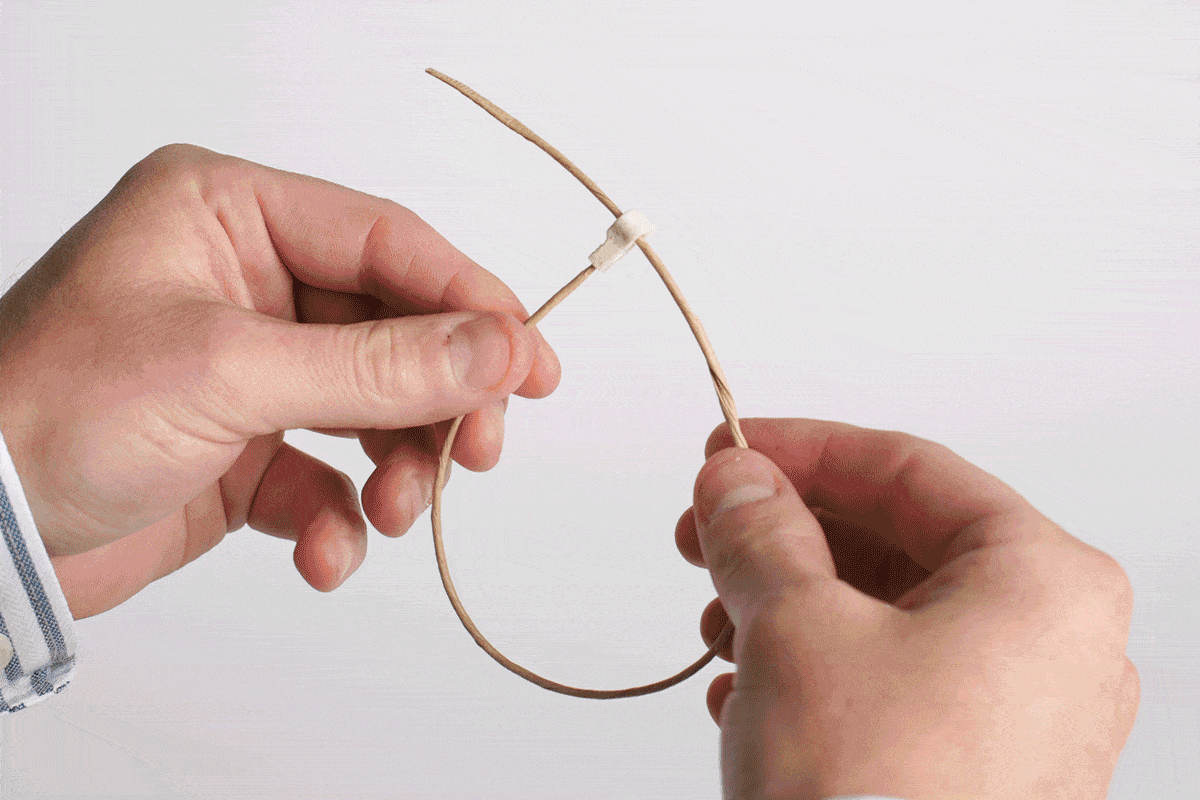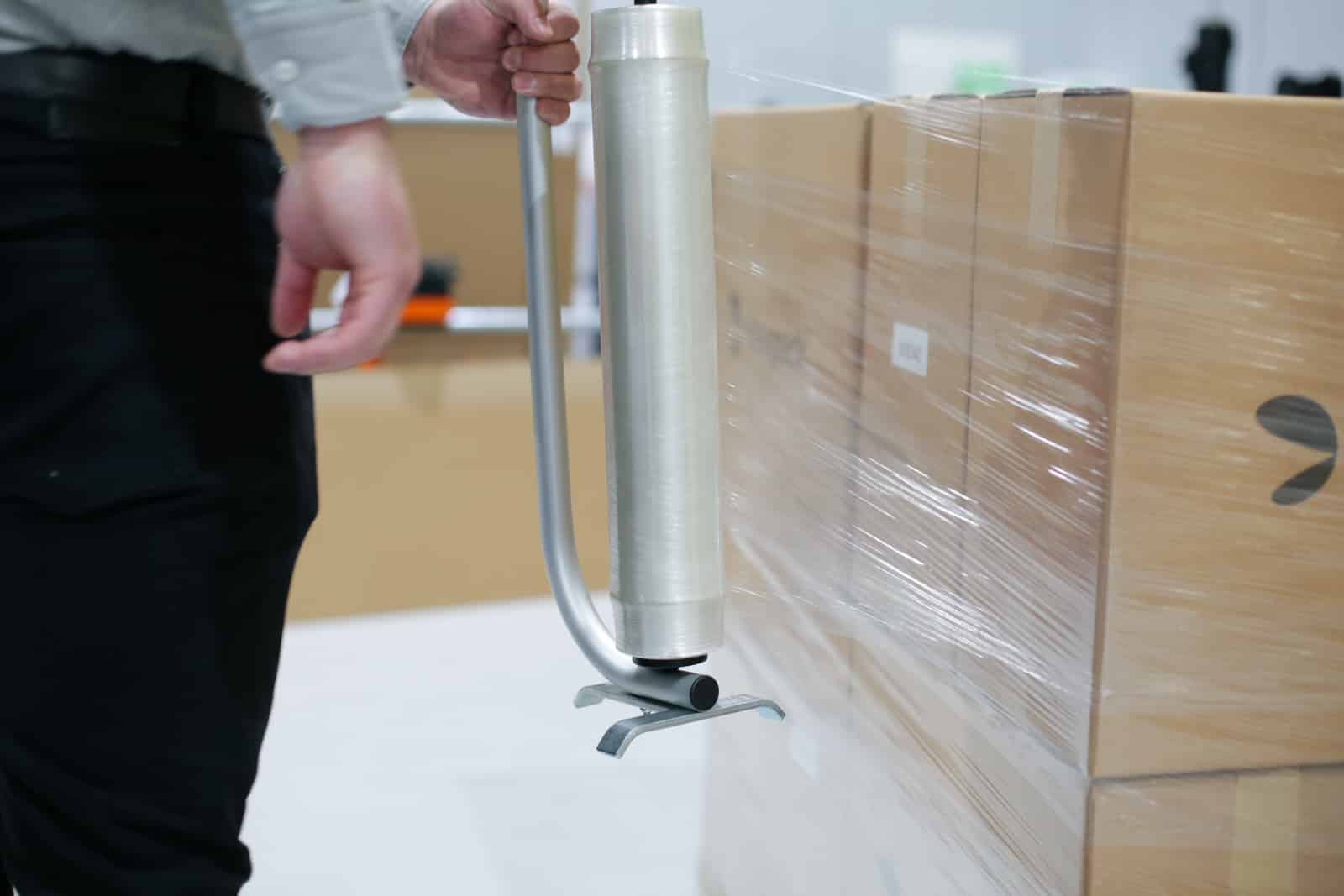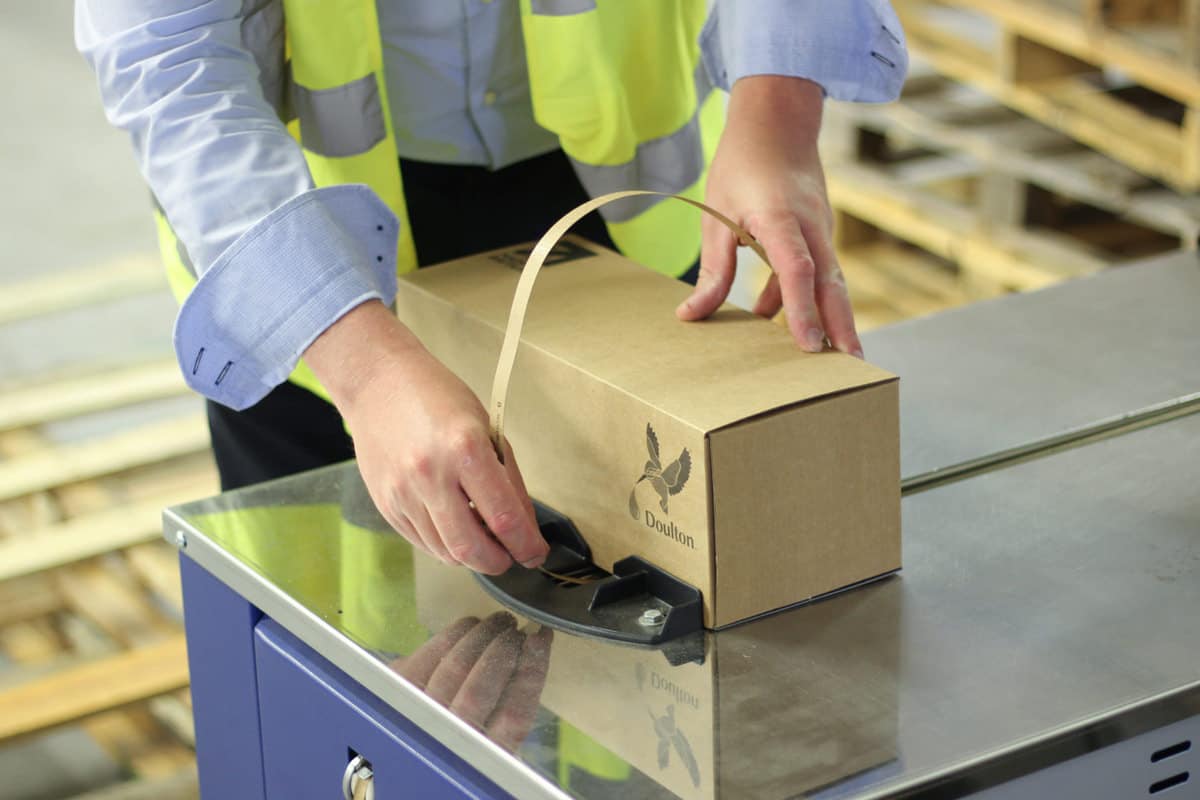Robert Gair
The Scottish born American who Invented The Cardboard Box By Mistake
The cardboard box started its journey as an accidental invention! A chance mistake, in the late 1800’s, by an operator who cut, instead of creased, seed bags in Scottish born Gair’s factory. While he was printing the order of seed bags a metal ruler normally used to crease bags shifted in position and cut the bag. This error at Robert Gair’s existing Brooklyn printing and paper-bag company, led to Gair’s creation and development of pleated, creased, and cut cardboard folding boxes.
Gair quickly realized this discovery could improve efficiencies and reduce costs by cutting, printing, and creasing boxes from one piece of corrugated cardboard on the same press. The strength of the resulting prefabricated product provided a more cost-effective solution to other, expensive to produce, packaging materials in use at the time, such as wooden crates.
The advantages packaging and retaining the freshness of dry goods such as tea, cereal, biscuits, crackers, and tobacco brought, were soon discovered. It also became a marketer’s dream, these cardboard boxes provided a blank canvas for branding, imagery, messaging and new ways of product promotion.
Gair’s early customers included influential companies such as the Great Atlantic and Pacific Tea Company, the Kellogg Company, the Lorillard Tobacco Company, and Nabisco (the National Biscuit Company). Thanks to a canny Scotsman, mass production of folding corrugated boxes and a new empire began.
As Gair’s enterprise expanded, he, too, moved into different materials and began incorporating corrugated fiberboard into his box range in the 1900s.



